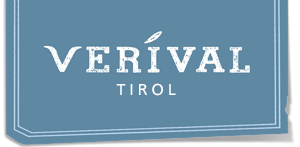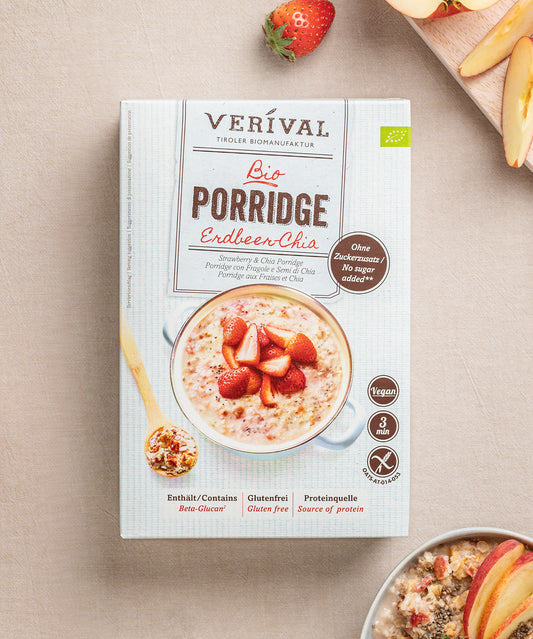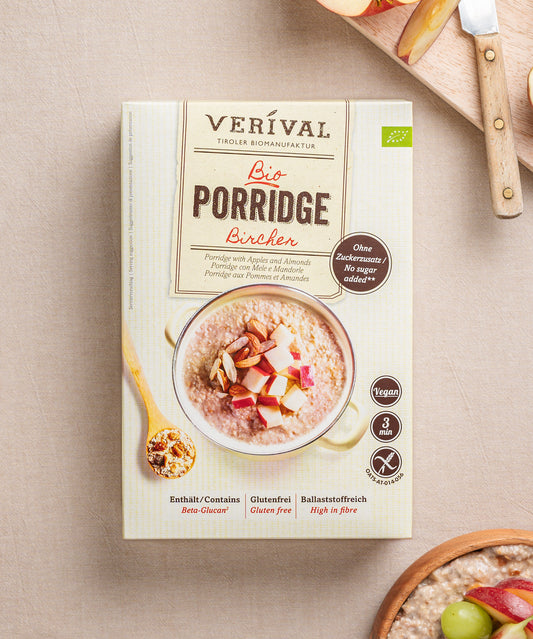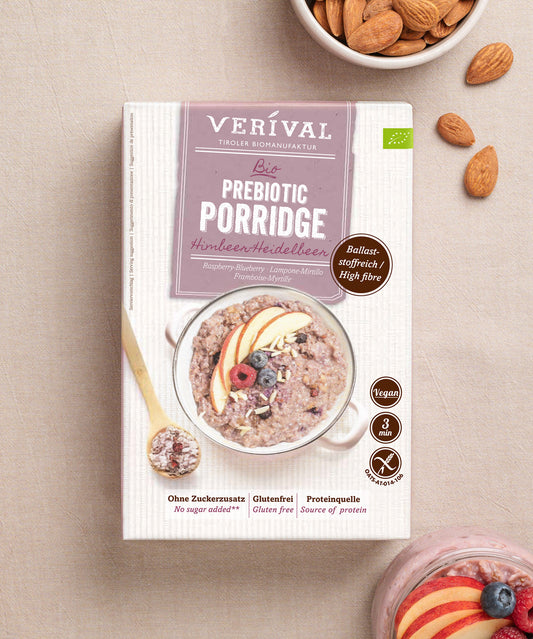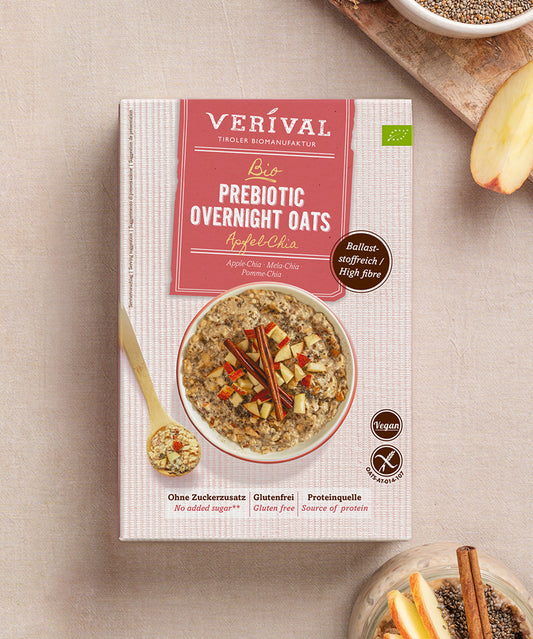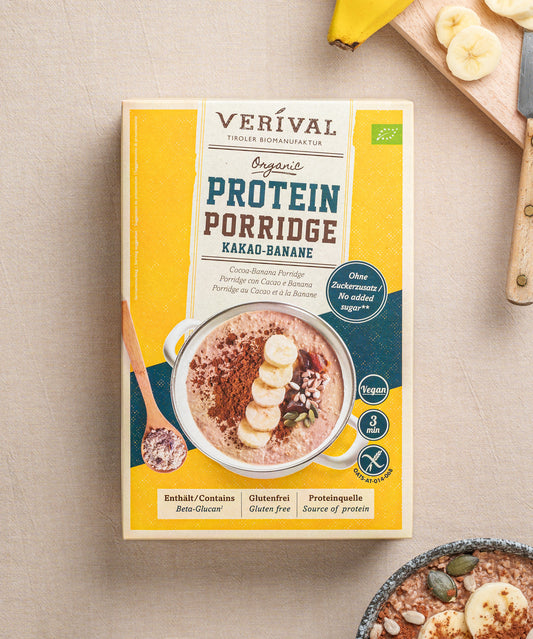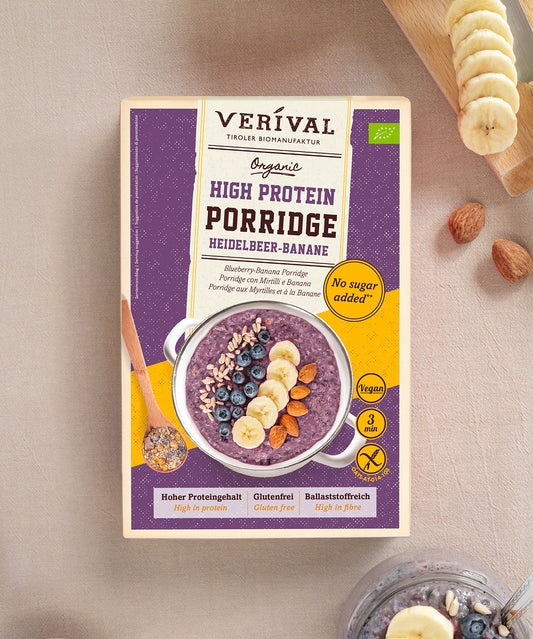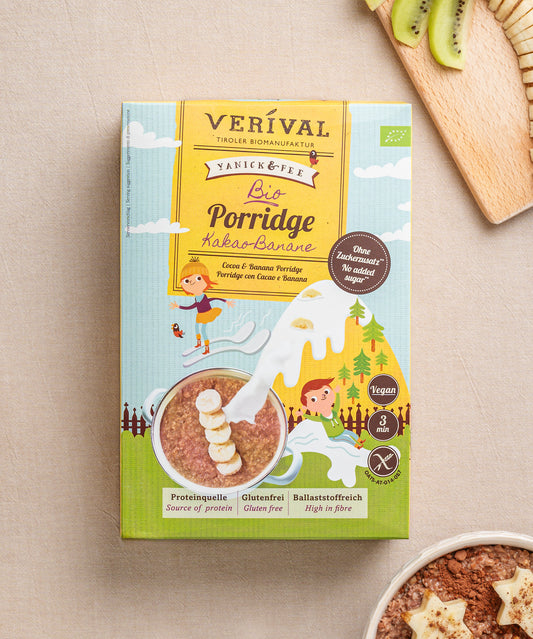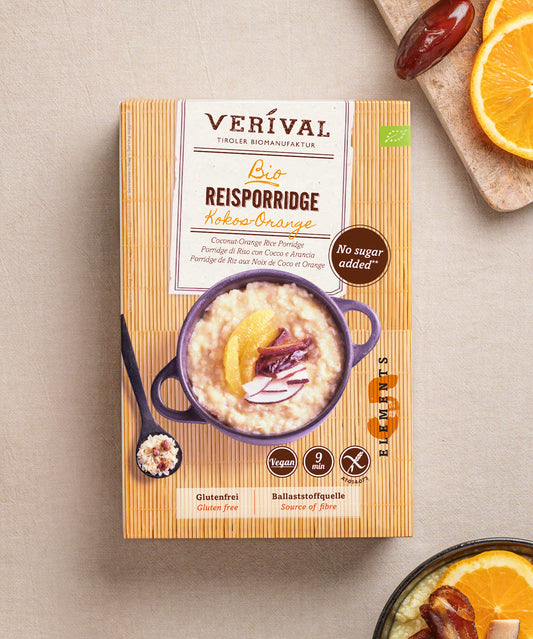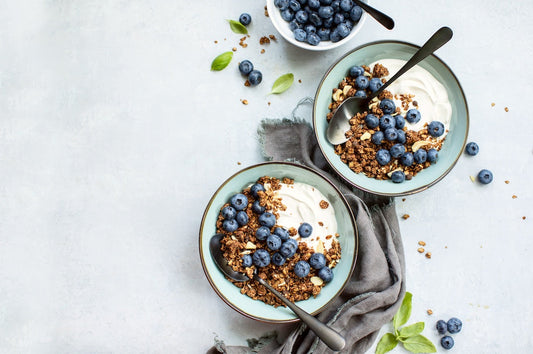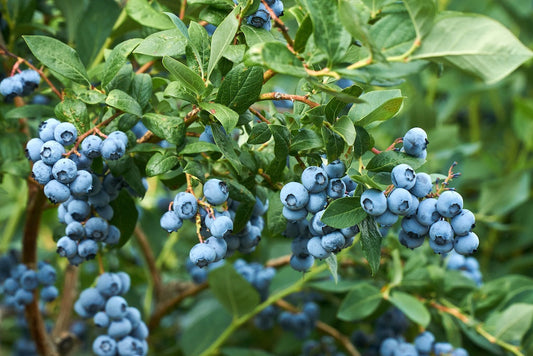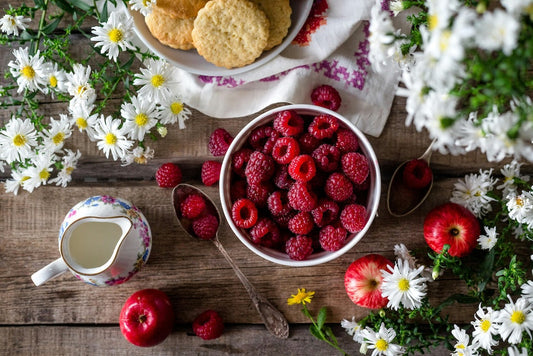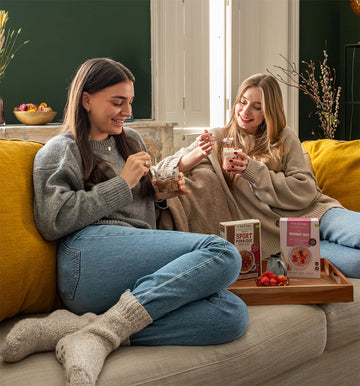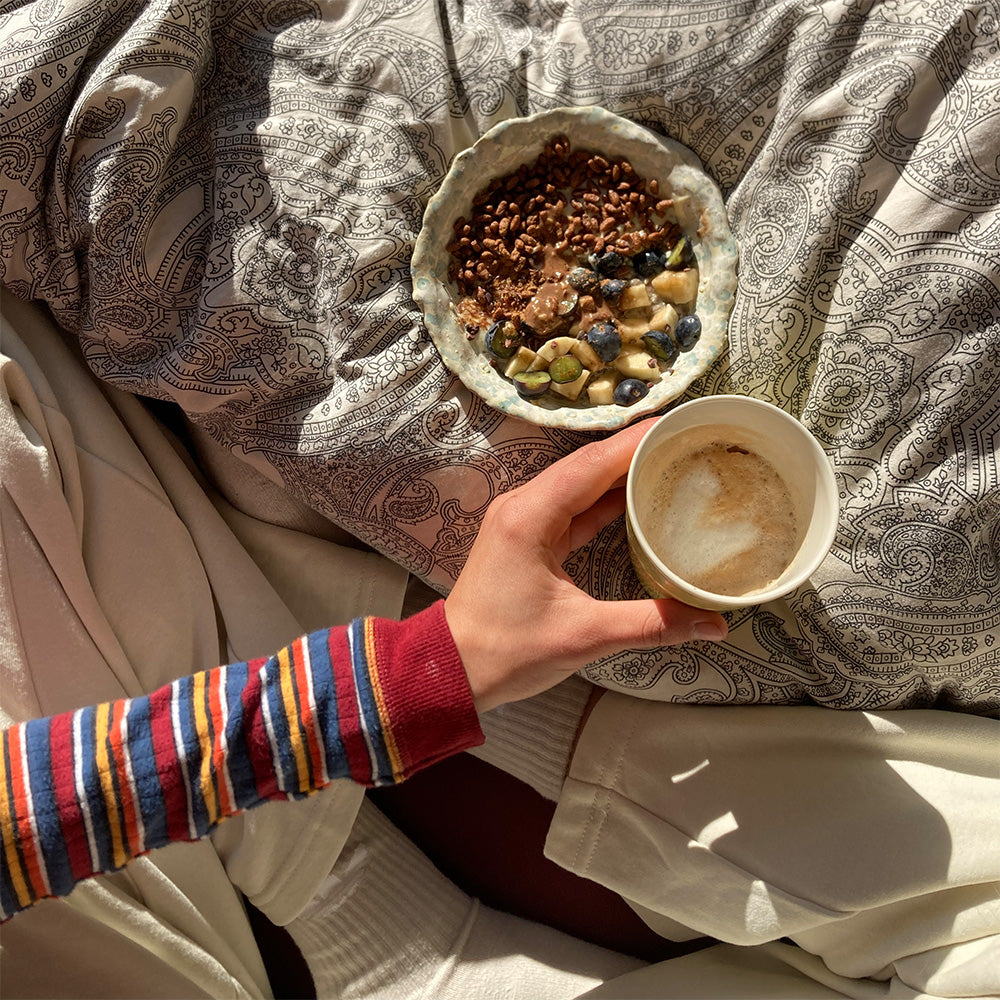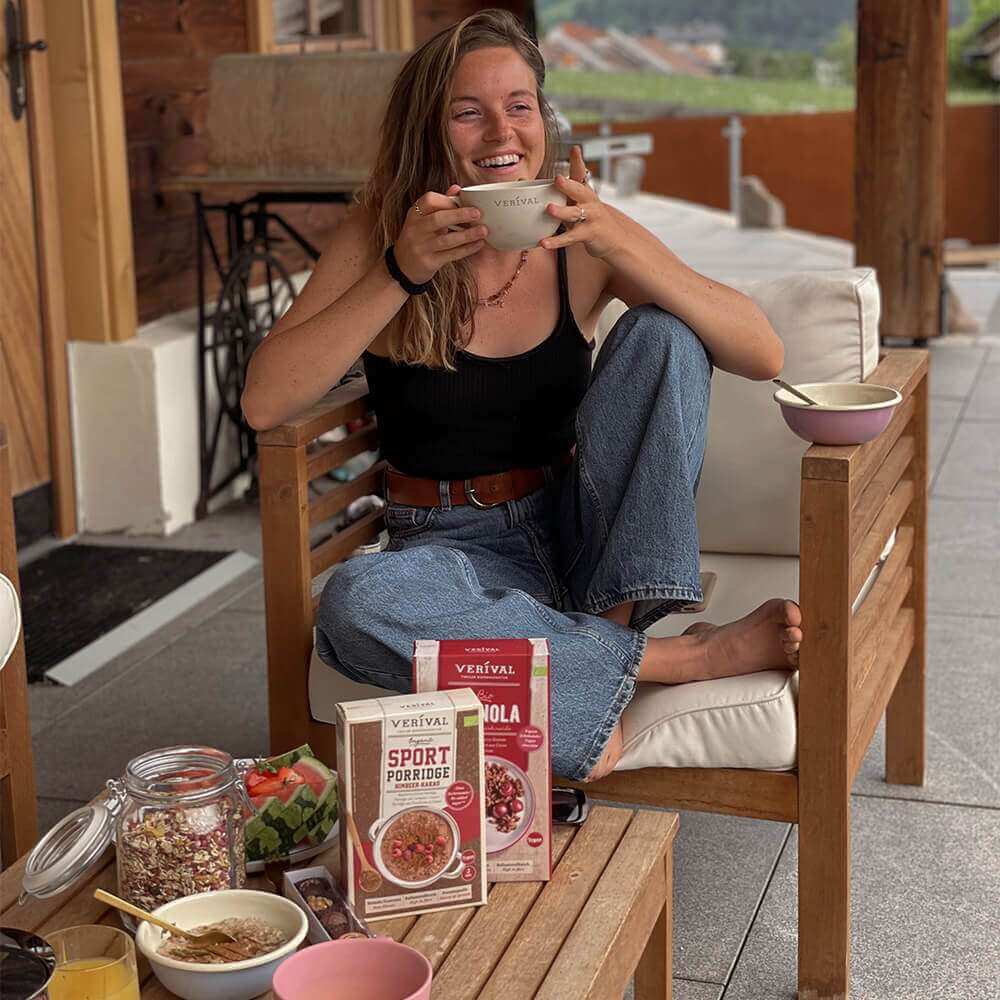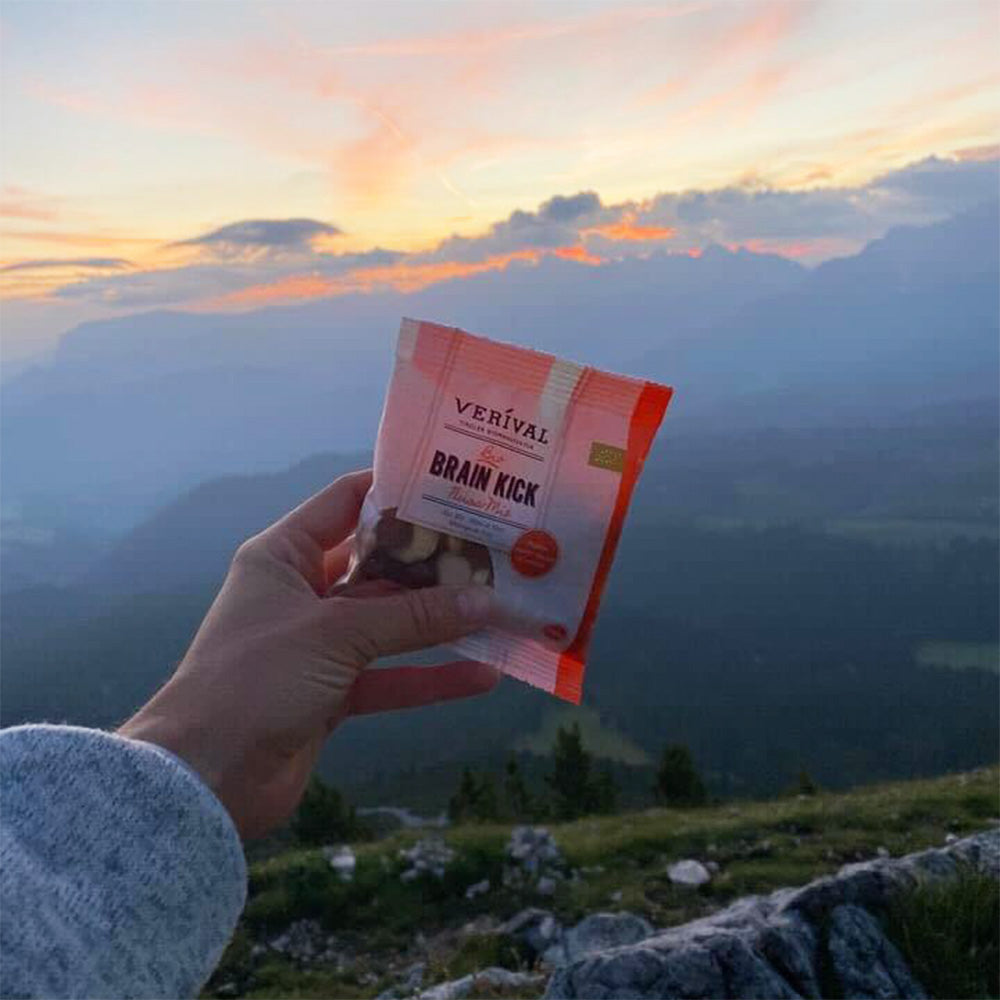Are you familiar with the latest nutrition trends? Then you have probably heard of clean eating, which has been widely reported on in recent years. Let's take a closer look at the concept and see whether it is more of a long-term diet or whether it is only recommended as a short-term diet!
Find out more about clean eating
Clean eating – a definition
Clean eating refers to a diet that avoids industrially processed foods such as ready meals. Instead, the diet consists of fresh, unprocessed foods. Depending on the variant, gluten, meat, fish and certain dairy products are also not consumed.
Prohibited foods
These rules may sound confusing at first, which is why we would like to list a few foods in addition to the classic ready meals that are not allowed according to this diet.
- Sugar & sweeteners: Because these products are industrially processed or produced. Alternatives can be maple syrup or apple sauce, for example.
- Cheese: Opinions are divided on this, but processed cheese has little to do with the original product, milk.
- Meat & fish: Here, too, there are different views. Some assume that meat can never be “clean”. If it is to be eaten at all, it should definitely be of the appropriate quality, unprocessed and not as a sausage.
Clean Eating = healthy?
Now that you know more about the topic, we wanted to address the original question: “Is clean eating healthy?” Well, the question is not so easy to answer, so let's take a closer look!
Many of the prohibited processed products are clearly not good for our health in the quantities in which we consume them. Many ready meals contain hidden sugars and “empty calories”, i.e. foods that contain few nutrients such as proteins or vitamins apart from energy. In terms of nutrient composition alone, clean eating is therefore much healthier.
Furthermore, you automatically pay more attention to the foods you eat and thus develop an awareness of the preparation methods and ingredients. This means you always know what nutrients are being supplied to your body.
In addition, some healthy components of food are lost through heavy industrial processing. Clean Eating guarantees that the individual ingredients are still rich in vitamins and minerals before you gently process them.
Last but not least, clean eating can awaken or renew the fun of cooking! Numerous cookbooks and social media posts with the hashtag #cleaneating provide tips and inspiration for designing your clean eating meals.
Clean eating – what should you bear in mind?
At first glance, clean eating seems to offer nothing but advantages: unprocessed foods have a higher nutrient content and you pay more attention to the products you put into your body. So it's definitely to be recommended, isn't it?
There are a few things we would like to point out to you before you start the clean eating diet!
The clean eating concept is particularly successful in regions and countries where the rules regarding permitted additives in food are rather more relaxed. In the European Union and in Austria, where genetically modified ingredients or additives must be indicated and the trend is also towards products without colorants, preservatives or additives, the question of the meaningfulness of the clean eating concept arises. If certain ready meals or processed foods are not as unhealthy as assumed, can't you make exceptions from time to time when you need to get something ready quickly?
What's more, clean eating can also make you feel stressed! Always cooking healthy food yourself takes a lot of time, which we often don't have or take in today's society. The pressure to eat the right foods and thus to control eating behavior is not recommended for people with a history of eating disorders!
Comparing yourself to others who also follow this diet and supposedly stick to it better is also not helpful.
Another point is where to draw the line! If you strictly adhere to the concept, then foods such as bread, rice or even sugar are off limits. However, maple syrup, for example, is allowed, since it must also be processed before it can be consumed.
Conclusion – is clean eating healthy?
Our answer is: balance is key!
It can definitely be beneficial for the body if you take a look at what products you are feeding your body every day and cut out unhealthy ingredients or products. Because the products are minimally processed or unprocessed, many nutrients are still fully contained.
However, you should not ignore your mental health! If clean eating causes too much stress or pressure, a milder form, such as only eating clean on certain days or only omitting certain foods, can be the solution.
In summary, clean eating in its strictest form can be used as a temporary diet, while a healthy diet is generally recommended. What's more, exceptions and cheat days are not the end of the world! As with everything, just try it out, pay attention to how you feel and modify the concept to suit your needs!
This is how you can incorporate clean eating into your breakfast
Breakfast is the first meal of the day and therefore also important for getting enough energy for the day! Ideally, a healthy breakfast not only provides long-term energy, but also supplies important nutrients. In particular, foods that are high in sugar should be avoided in order to be able to maintain concentration over a longer period of time and not just in the short term.
A clean eating breakfast could therefore look like this:
- overnight oats with fresh fruit
- porridge with fresh fruit
- egg dish with avocado and tomatoes
- muesli with fruit
- sour breakfast muffins
You can find a general overview of the various recommended products here.
Clean Eating with Verival
As you can see, oats are ideal as a basis for a healthy breakfast! The grain is packed with vitamins and minerals such as biotin and magnesium, as well as the long-chain dietary fibres beta-glucans, which help you to feel full for longer.
Processed into a delicious porridge, our Verival porridges definitely fall into the “clean” category – after all, our porridges contain no added sugar! We also use healthy wholegrain oats.
Since the focus of clean eating is on foods that are as natural as possible, our Urkorn mueslis are also particularly interesting! Only special, old grain varieties that are particularly well tolerated are used here.
For those who like to mix their own breakfast, we also offer various flakes on their own as well as cereals or grains that you can process at home.
Clean Eating Recipes
A recipe that makes it easier to start the day and can be refined with fresh fruit depending on the season is porridge. Below you will find our simple basic recipe for every day.
Our sugar-free apple Bircher bars are perfect for when you get a little peckish between meals. If you want to make vegan bars, simply replace the butter with a plant-based alternative.

Sugar-free apple and bircher cereal bars
Ingredients
- 150 g Verival Bircher Urkorn Muesli
- 50 g butter , soft
- 60 g flour
- 50 g applesauce
- 2 eggs
- 2 apples
- 1 tsp. baking powder
- 1/2 tsp cinnamon
- 1 tsp. lemon juice
- 3 tbsp agave syrup or honey
- 3 tbsp maple syrup
Preparation
-
Preheat the oven to 180°C circulating air.
-
Line a rectangular baking pan (approx. 32cmx24cm) with baking paper.
-
Stir the soft butter with agave syrup and maple syrup until creamy and add the eggs.
-
Mix the Bircher Urkorn Muesli with flour and baking powder.
-
Quarter an apple (preferably with peel), remove the seeds and roughly grate. Mix with lemon juice and apple sauce.
-
Quarter and core the second apple. Cut into 12 slices about 2-3mm thin and set aside.
-
Mix all ingredients together (except for the apple slices).
-
Pour the dough into the prepared baking pan.
-
Spread the 12 apple slices on the dough so that there is an apple slice on each bar after baking and cutting.
-
Bake for about 30 minutes.
-
Remove from the oven and cut into 12 pieces while still hot.
-
Let it cool down. And then enjoy!
